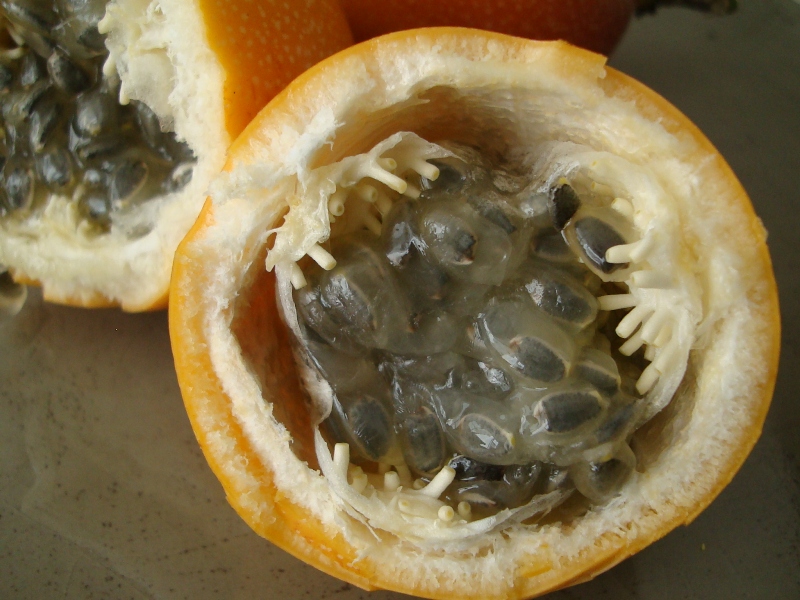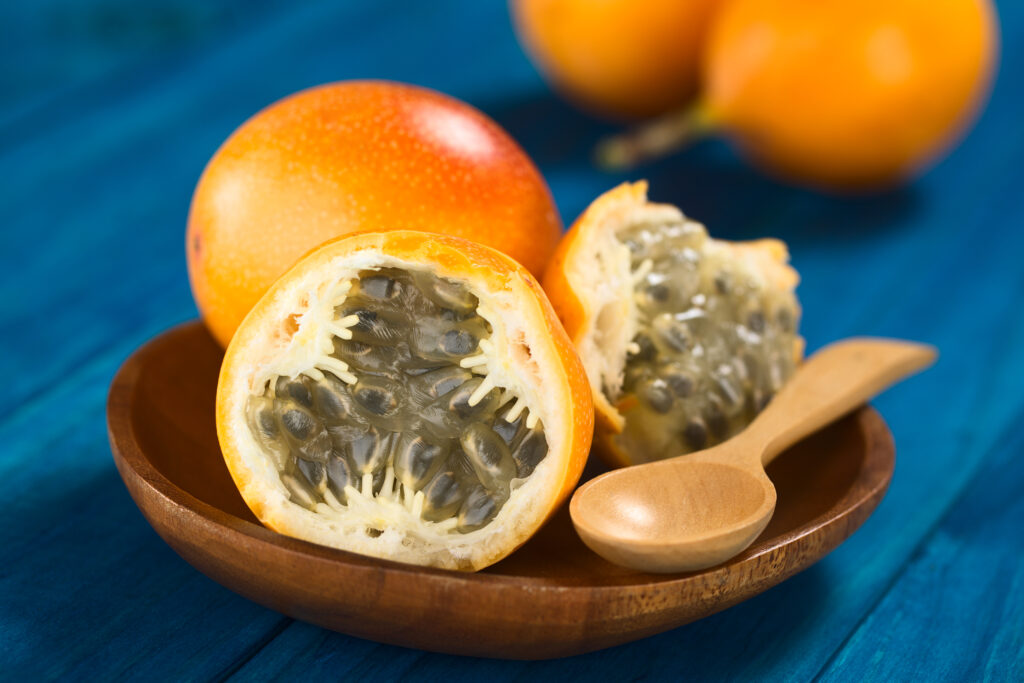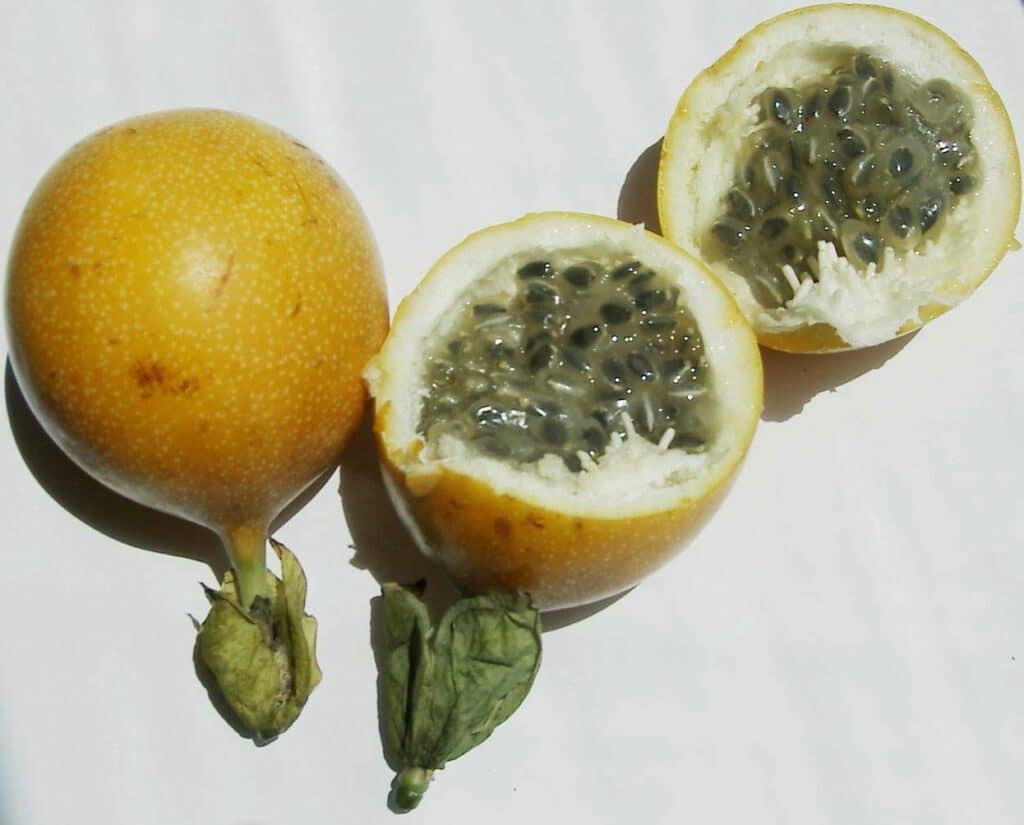Cacao & Granadilla: Health, Recipes & Culinary Uses | Discover Now
Is chocolate merely a guilty pleasure, or does it hold the key to unlocking a healthier and more vibrant life? The answer, surprisingly, may be both, as the world of cacao, from its rawest forms to its most refined expressions, offers a complex tapestry of flavors, benefits, and considerations.
The journey of cacao, from the humble bean to the myriad forms we consume, is a testament to human ingenuity and the enduring appeal of this treasured ingredient. The "f3" blend, featuring wheat flour (24.4%), granadilla flour (13%), and quinoa flour (6.5%), emerged as the most favorably received by panelists across four key measurement parameters, including color, indicating the potential for innovative applications in food production. But the story of cacao doesn't begin and end with the bakery; it goes far deeper, stretching into the realms of health, nutrition, and the very essence of how we define pleasure.
Let's delve into the heart of the matter, exploring the multifaceted world of cacao and its associated products.
Cacao
The following table details the key aspects of Cacao and its derivatives, including processing methods, health considerations, and common uses.
| Aspect | Description | Key Considerations |
|---|---|---|
| Cacao Varieties | Cacao comes in several varieties, including Criollo, Forastero, and Trinitario, each offering unique flavor profiles. | Flavor profiles vary significantly. Criollo is known for its delicate flavor, while Forastero is more robust and commonly used. |
| Processing Methods | Cacao beans undergo fermentation, drying, roasting (in traditional chocolate), and conching (refining) before becoming chocolate. Raw cacao skips roasting. | Roasting impacts flavor and nutrient content. Fermentation is crucial for flavor development and safety. |
| Raw Cacao vs. Traditional Chocolate | Raw cacao retains more of the antioxidants and minerals found in the cacao bean because it is not roasted. Traditional chocolate undergoes roasting and conching. | Raw cacao may have a slightly different flavor profile. Traditional chocolate typically contains added sugar and fats. |
| Health Benefits | Raw cacao is rich in antioxidants (flavonoids), which can benefit cardiovascular health. Cacao can also improve mood and cognitive function. | Moderation is key due to the presence of theobromine, which can cause side effects in high doses. |
| Oxalates | Cacao contains oxalates, which can be problematic for individuals prone to kidney stones. | Consumption should be moderate. Oxalate content varies based on processing and origin. |
| Glycemic Index (GI) | The GI of chocolate varies based on sugar content and processing. Generally, unsweetened or dark chocolate has a lower GI. | Knowing the GI can help manage blood sugar levels. |
| Cacao Products | Cacao products include cacao powder, cacao nibs, cacao butter, and chocolate in various forms (dark, milk, white). | The best product depends on the intended use. Cacao powder is versatile; cacao nibs offer a crunchy texture. |
| Uses | Cacao and its derivatives are used in beverages (hot chocolate), baking (cakes, cookies), desserts, and cosmetic products. | Experimentation is key. Start with small amounts and adjust according to taste and dietary needs. |
| Contaminants | The World Health Organization has expressed concern about contaminants in cacao, including heavy metals and mycotoxins. | Choose reputable brands that test for contaminants. |
Source: National Center for Biotechnology Information (NCBI)
The humble cacao bean, the seed of the Theobroma cacao tree, holds within it a treasure trove of potential, both for the palate and the body. The debate between chocolate as medicine versus a culinary experience highlights the duality of this remarkable ingredient. Processing methods, from the traditional roasting to the raw approach, define the resulting product, affecting both flavor profiles and nutritional content. While traditional chocolate has become a staple, the emergence of raw cacao has introduced a new perspective, emphasizing the preservation of beneficial nutrients and compounds.
Raw cacao, often considered a "superfood," is gaining popularity, especially amongst those seeking to integrate healthier eating habits into their lives. The potential for improved cardiovascular health is a key appeal, with its high levels of antioxidants playing a crucial role.
The process of turning cacao beans into the chocolate we know is complex, involving several stages, including fermentation, drying, and roasting, which impact both the flavor and nutritional profile. Fermentation is a crucial process, unlocking the complex flavors hidden within the bean. Drying reduces the moisture content, preparing the beans for further processing. The roasting stage is essential for developing the characteristic chocolate flavor, however, it also modifies the nutritional content.
Raw cacao skips this roasting step, which preserves more of the bean's inherent nutrients. Manufacturers like Cacao Crudo are leading the charge in Italy, focusing on this raw approach to chocolate making, retaining all the natural goodness. The choice between raw cacao and traditional chocolate depends on the end user's priorities, whether they're focused on taste, health benefits, or a combination.
The preparation of cacao products extends beyond the simple beverage; It can be combined with ingredients such as milk to create a delightful drink, while allowing creative use in various baked goods, and drinks. The use of cacao extends further, with potential use for external application in the treatment of some skin conditions, which can be applied in unguents and creams.
The World Health Organization (WHO) has also expressed concerns about contaminants in cacao products, underscoring the need for careful sourcing and processing to ensure consumer safety. Heavy metals and mycotoxins are among the contaminants.
The glycemic index (GI) comes into play. The GI represents a food's impact on blood glucose levels, with higher values indicating a greater effect. Understanding the GI of cacao and related products can aid in maintaining healthy eating habits, with unsweetened cacao generally having a lower GI than products high in added sugars.
Beyond Cacao, there is the concept of super foods that is growing in popularity, with several varieties of fruits and products. Granadilla is a tropical fruit, a close relative of the passion fruit. Its vibrant color and refreshing blend of sweet and sour flavors make it a beloved ingredient in Colombian cuisine. The fruit is not exclusive to Colombia; it is also cultivated in countries such as Mexico, Peru, Costa Rica, Venezuela, Ecuador, Hawaii, and Bolivia. Its appearance is characterized by its oval shape, an orange hue, and its thick skin, with a pulpy interior rich in a balanced sweet and acidic taste.
The use of cacao extends beyond individual consumption; the creation of products. The "Quesos Granadilla" brand, for example, uses raw goat's milk to produce organic cheeses with the characteristic flavors of their origin.
In Cundinamarca, Colombia, the intersection of cacao and the food industry is evident. The "Cacao y leche cruda Ubal Cundinamarca" project showcases the local production and use of cacao.


